The traditional folk art forms of Jammu and Kashmir go beyond mere performances; they encapsulate the very essence of our cultural heritage. Each dance, song, and theatrical performance serves as a touching narrative, telling stories of enduring resilience, profound love, and timeless tradition deeply ingrained in the region’s illustrious history. From the lively and clever satire of ‘Bhand Pather’ to the hauntingly evocative melodies of ‘Ladishah’, these art forms resonate with the spirit of the land, echoing the trials, victories, and complexities of its people’s lives. These art forms are not merely sources of entertainment but cherished guardians of shared memories, meticulously preserving the rich and vibrant heritage for generations to come.
Despite their cultural importance, these traditional folk-art forms face numerous challenges. Modernization and the influence of global culture have led to a decline in interest among younger generations. Economic hardships and lack of financial support make it difficult for folk artists to sustain their practices. Additionally, urbanization and the migration of people from rural areas to cities have disrupted the traditional settings where these art forms thrived. The limited availability of platforms for performances and the lack of systematic documentation further threaten the survival of these art forms. Without concerted efforts to address these challenges, there is a real risk that these cultural treasures may be lost.
The region’s folk music is also at risk, despite its profound beauty and cultural significance. Songs like “Rang Kath” and “Roshe” in Kashmiri or “Dogri Geet” in the Dogri language encapsulate the essence of Jammu and Kashmir’s rich tradition. “Rang Kath,” a traditional Kashmiri song, poignantly narrates tales of love and longing, while “Roshe” captures the seasonal celebrations and the beauty of nature. “Dogri Geet” often reflects the daily lives, joys, and sorrows of the Dogra people. These songs are more than melodies; they are living records of the region’s cultural and emotional landscape, cherished by those who sing them and those who listen.
The Jammu and Kashmir government has implemented various measures to promote and preserve these traditional folk-art forms. The Jammu & Kashmir Academy of Art, Culture, and Languages (JKAACL) play a crucial role by organizing festivals, workshops, and performances that showcase local art. Financial assistance and scholarships are provided to folk artists through schemes like the Artists Pension Scheme and the Cultural Talent Search Scholarship Scheme. Cultural festivals such as the Kashmir World Film Festival and the Jammu & Kashmir Cultural Festival provide platforms for artists to reach wider audiences. The government also invests in infrastructure development, such as the restoration of the Mubarak Mandi Heritage Complex, to provide dedicated spaces for cultural events. Additionally, radio and television programs on Radio Kashmir and Doordarshan Kendra Srinagar regularly feature traditional folk music, dance, and theatre, helping to keep these traditions alive and accessible.
To further promote and sustain traditional folk-art forms, several strategies can be employed. Systematic documentation and digital archiving of performances, scripts, and music are essential for preserving these art forms for future generations. Integrating folk art into educational curricula can raise awareness and appreciation among young people. Schools and colleges can be encouraged to include courses and workshops on traditional arts. Providing financial support and economic incentives to performers through grants, subsidies, and paid performance opportunities can help sustain their livelihoods and encourage more people to pursue these arts. Community engagement through local festivals, cultural events, and workshops can revive interest and participation, involving community members in performances and strengthening their connection to these traditions.
Promoting traditional folk-art forms through modern media platforms, including social media, documentaries, and television programs, can reach a broader audience and showcase the richness and relevance of these traditions. Increased support from government bodies and NGOs is crucial for cultural preservation, funding cultural projects, and developing performance spaces. Collaborating with cultural institutions, universities, and international cultural exchange programs can provide new opportunities for performers and bring global attention to these art forms. Adapting performances to contemporary contexts without losing their traditional essence can make them more relevant and appealing to today’s audiences, ensuring their continued vitality.
The traditional folk-art forms of Jammu and Kashmir are invaluable cultural assets and their preservation is crucial for maintaining the region’s rich cultural heritage and identity. Through concerted efforts in documentation, education, economic support, community engagement, media promotion, and institutional backing, these art forms can be revived and sustained, ensuring that the rich cultural legacy of Jammu and Kashmir endures for generations to come.
(Author is a columnist and can be reached at: [email protected])




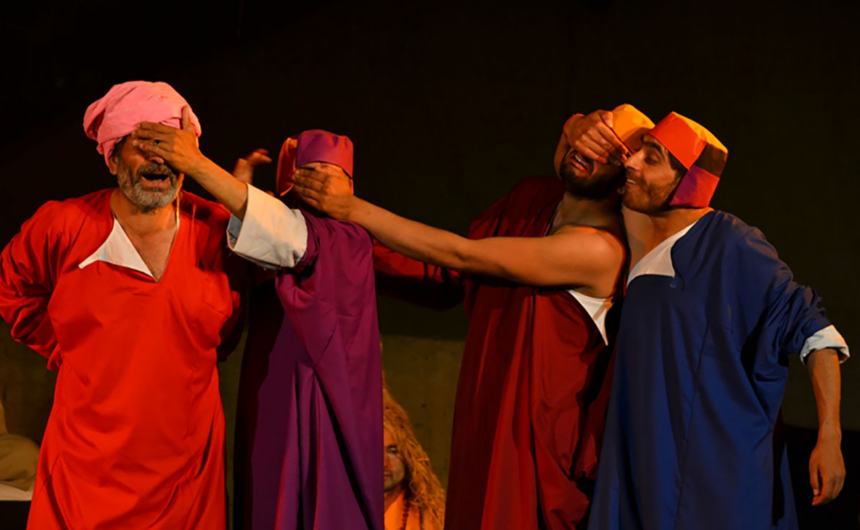
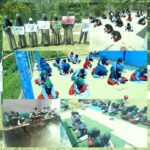

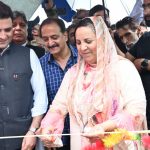

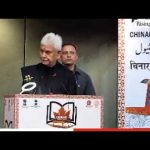
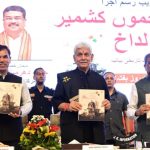
Interesting